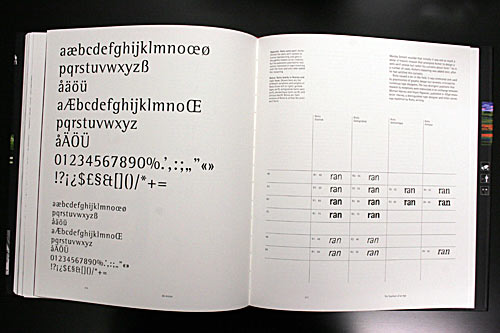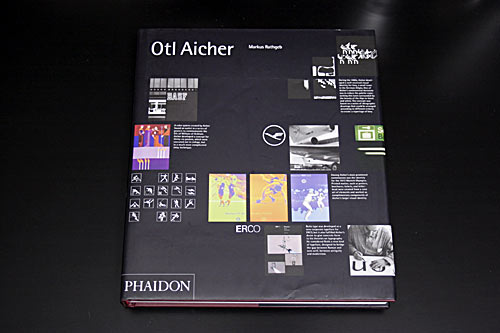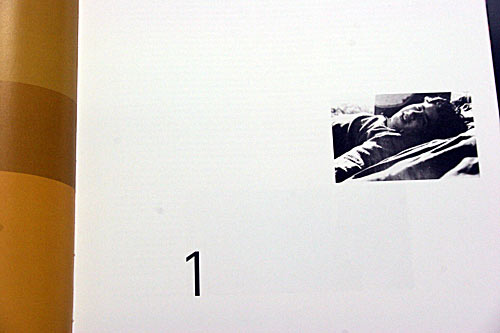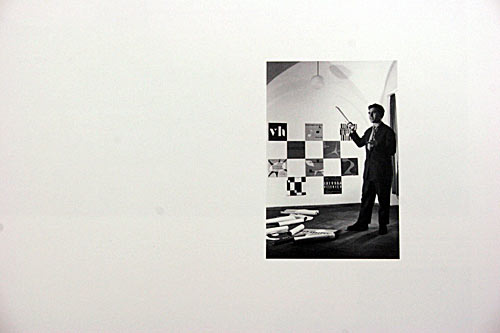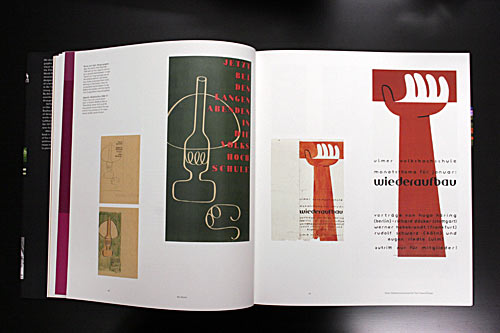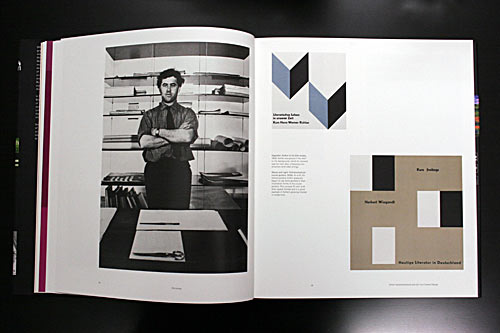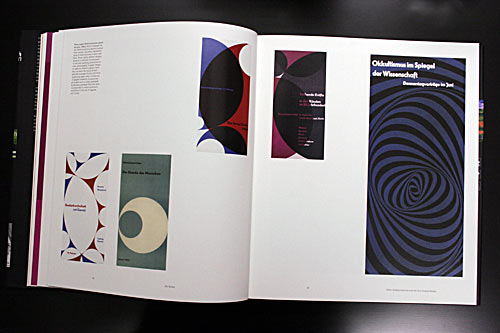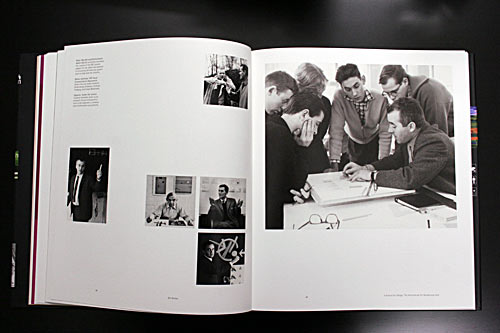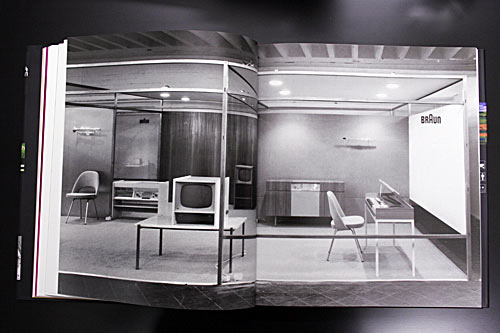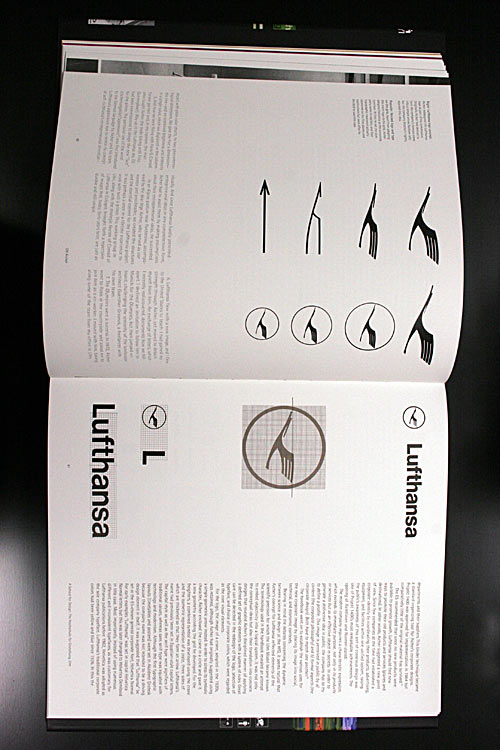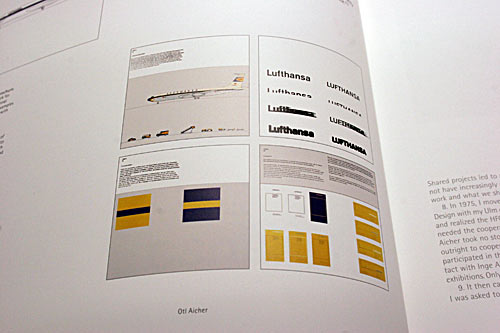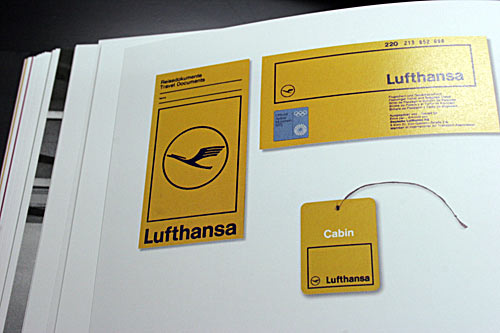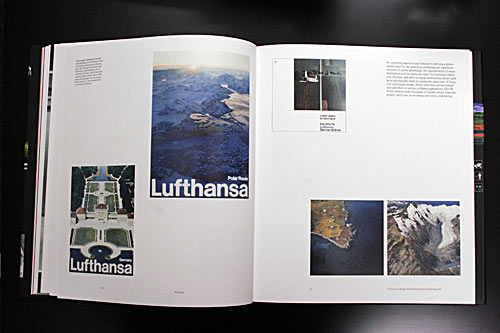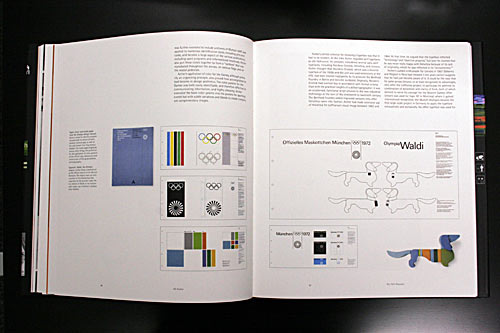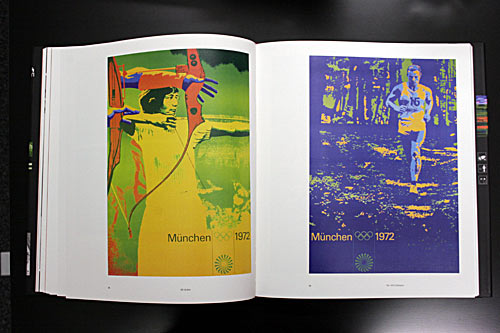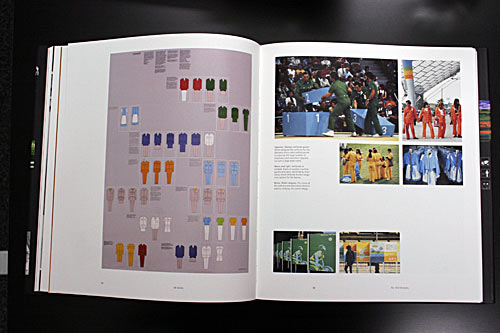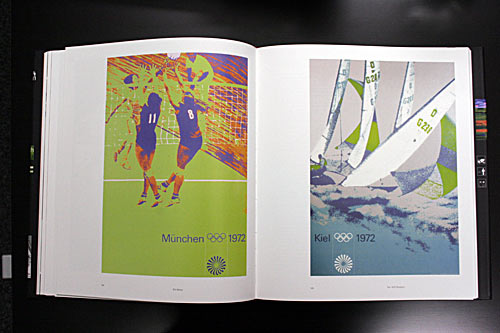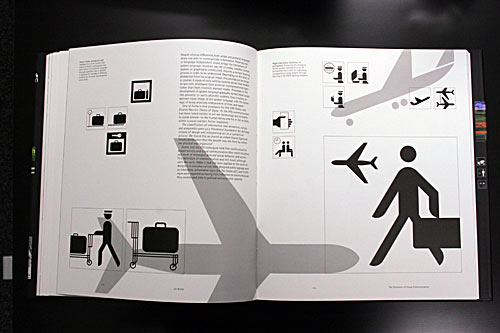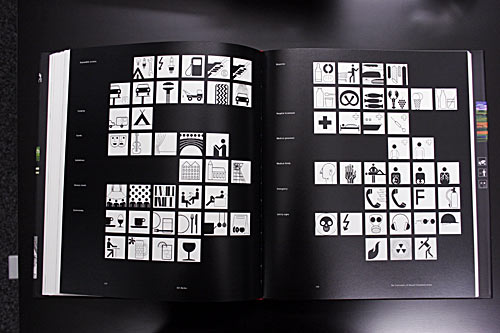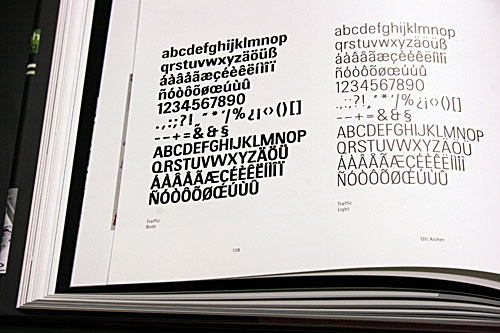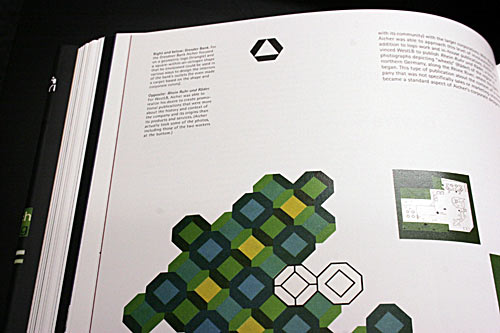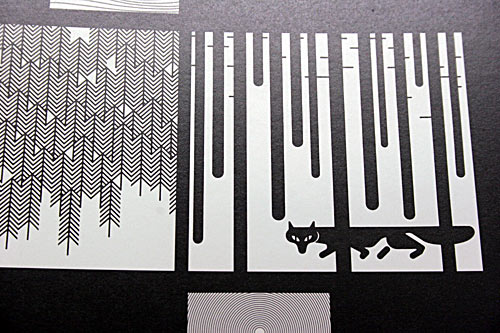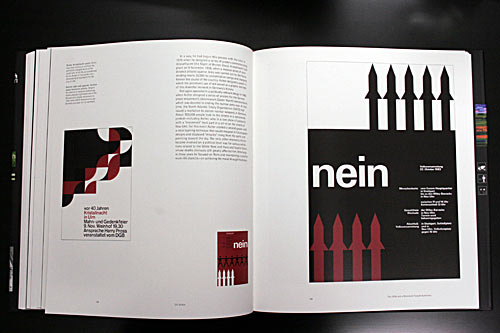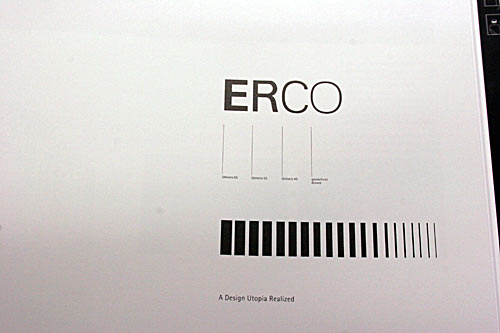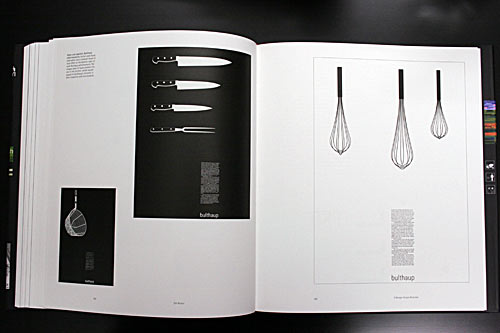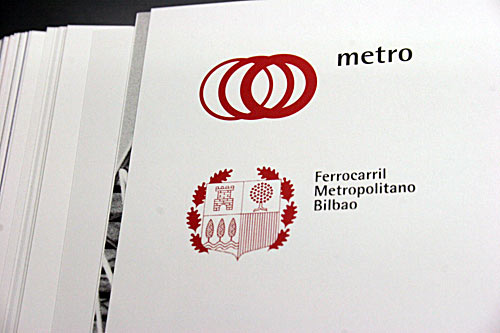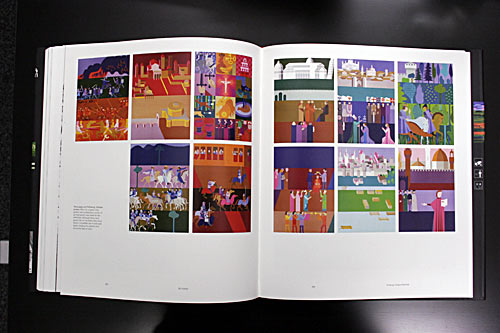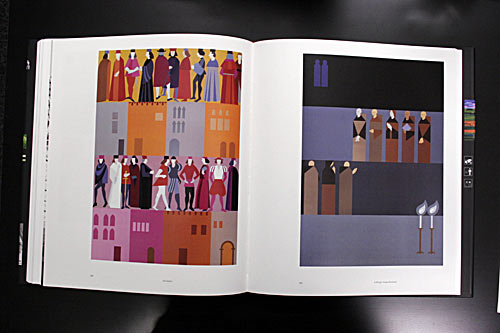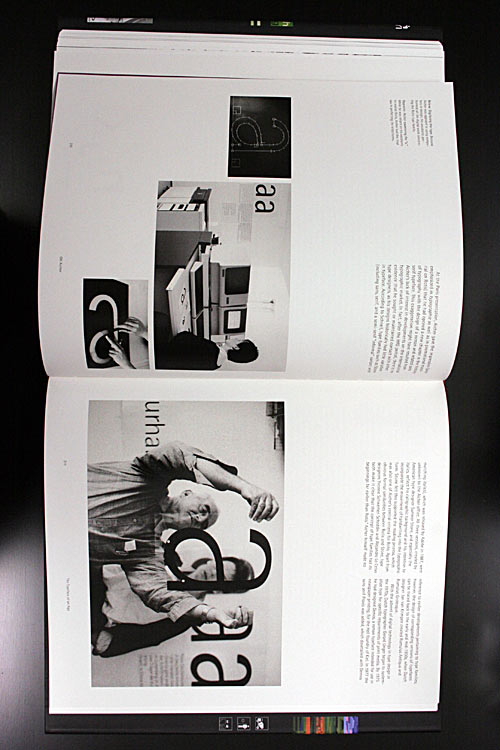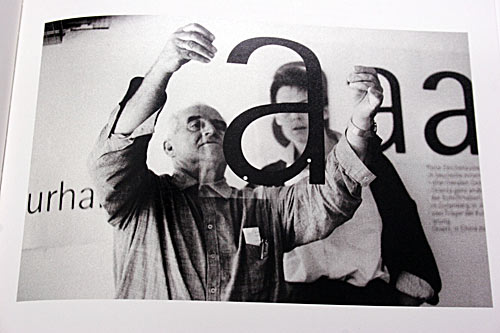Otl Aicher
Vor kurzem habe ich Stuttgart noch seine original Zeichnungen zu den Olympia-Piktogrammen gesehen. Nun ist bei Phaidon ein Gesamtwerk erschienen, welche alle anderen Bücher über den pedanten Otl Aicher in den Schatten stellt. Er starb als ich gerade anfing zu studieren. Ihm verdanken wir die Rotis. Die Ulmer Schule. Und eine Menge Anekdoten.Er soll z.B. einen Mitarbeiter entlassen haben, weil dieser quer über das schneebedeckte Feld vor dem Büro stiefelte und das harmonische Winterbild zerstörte. Ein konsequenter Mann.
Das Buch ist bestens aufgebaut, recherchiert und wie immer bei Phaidon, perfekt gedruckt und produziert.
Long-awaited first monograph on German graphic designer and educator Otl Aicher (1922–91), a key international figure in post-war design and a pioneer in the field of corporate identity and visual communication systems. Aicher is renowned for creating visual identities for dozens of major corporations, including Braun, BMW, Lufthansa and ERCO; for his design of the complete graphics programme for the 1972 Munich Olympic Games; and as the inventor of the popular typeface Rotis. Aicher influenced a generation of future designers in the 1950s and 60s at the Hochschule für Gestaltung (HfG), the school he helped to found in in Ulm, Germany; he also collaborated with British architect Norman Foster and counted numerous corporate CEOs as clients and friends.
The book represents the most complete selection of Aicher`s work in print, with over 300 illustrations carefully selected from thousands of documents in the Aicher archive and private collections, including previously unseen materials. It documents extensively 35 Aicher projects and includes essays by former Aicher clients and collaborators.
Inhalt
Introduction by Ian McLaren
Chapter 1: The Time Between the Wars
Chapter 2: The Ulmer Volkshochschule and the Turn Toward Design
Chapter 3: A School for Design: The Hochschule für Gestaltung
Chapter 4: The 1972 Olympics
Chapter 5: The Extension of Visual Communication
Chapter 6: The 1970s and a Movement Towards Autonomy
Chapter 7: A Design Utopia Realized
Chapter 8: The Typeface of an Age
Notes
Bibliography
Index
